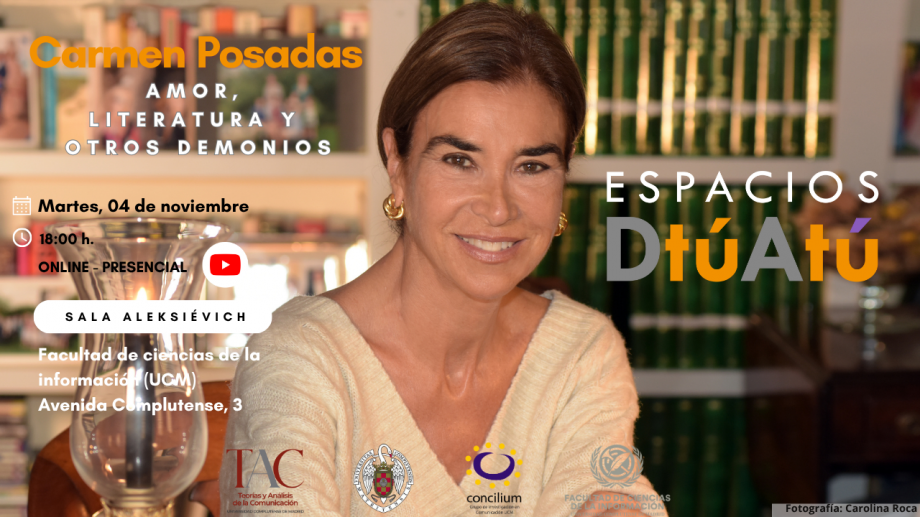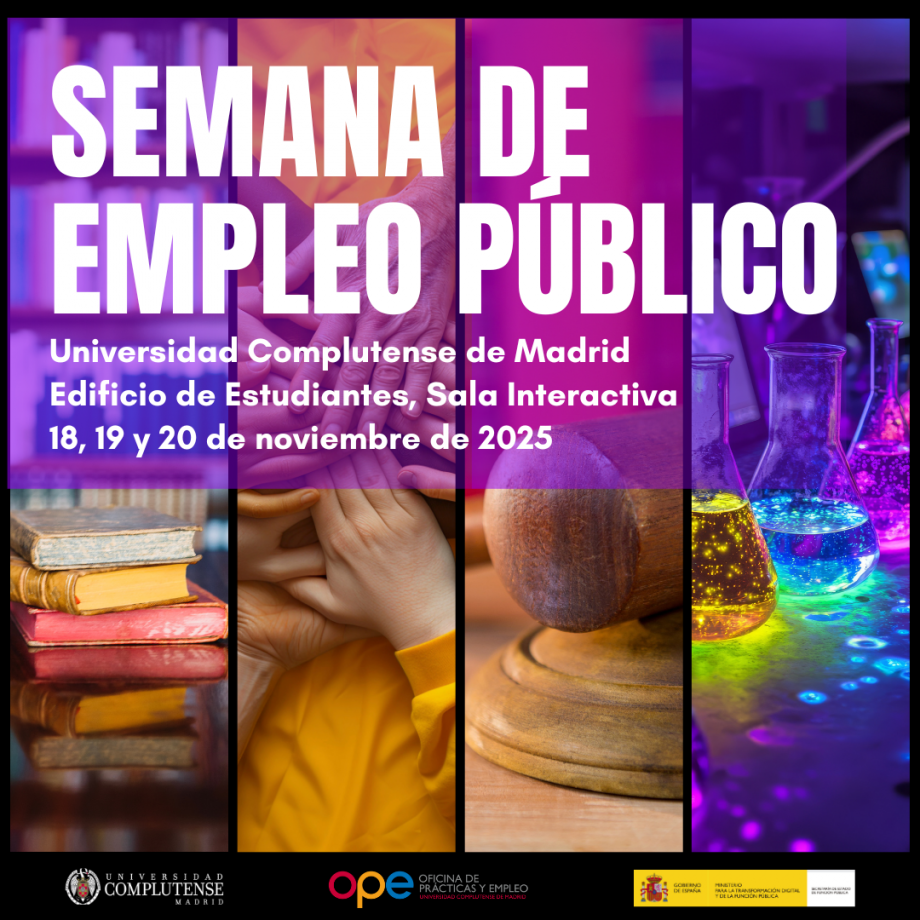Carrousel - Noticias secundarias 1
Inscríbete en los cursos gratuitos
La UCM, categoría QS 5 STARS
Carrousel - Noticias secundarias 2
Reserva tu plaza en las actividades UCM
Plazo, hasta el 1 de diciembre
Noticias
- Informe del rector sobre la situación económica de la Universidad en Consejo de Gobierno
- Cuestionario de Autoevaluación sobre convivencia y cuidados en Colegios Mayores
- 211 científicas y científicos complutenses, entre los más influyentes del mundo, según el ranking de Stanford 2025
- Memoria académica curso 2023-2024
Agenda

-
03 noviembre
-
03 noviembre
-
04 noviembre

-
05 noviembre
-
07 noviembre

-
07 noviembre
-
11 noviembre
-
18 noviembre

-
18 noviembre

Estudia con nosotros
Cultura Complutense
Investigación UCM
Deporte UCM
Recursos
Imagen destacada
Competiciones deportivas
Destacados
Unidad de Cultura Científica UCM
Complutense Saludable
Fundación Complutense
Más Destacados
- Elecciones Defensor Universitario o Defensora Universitaria 2025
- Elecciones a representantes de los Sectores de Resto de Personal Docente e Investigador, Estudiantes y Personal Técnico, de Gestión y de Administración y Servicios en Consejo de Departamento
- Elecciones a representantes del Sector de Estudiantes en Consejo de Departamento
- Elecciones a representantes de los Profesores Asociados de Ciencias de la Salud en Consejo de Departamento
- Acceso remoto a servicios









